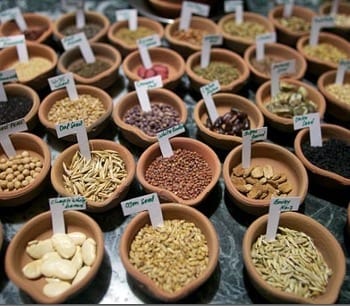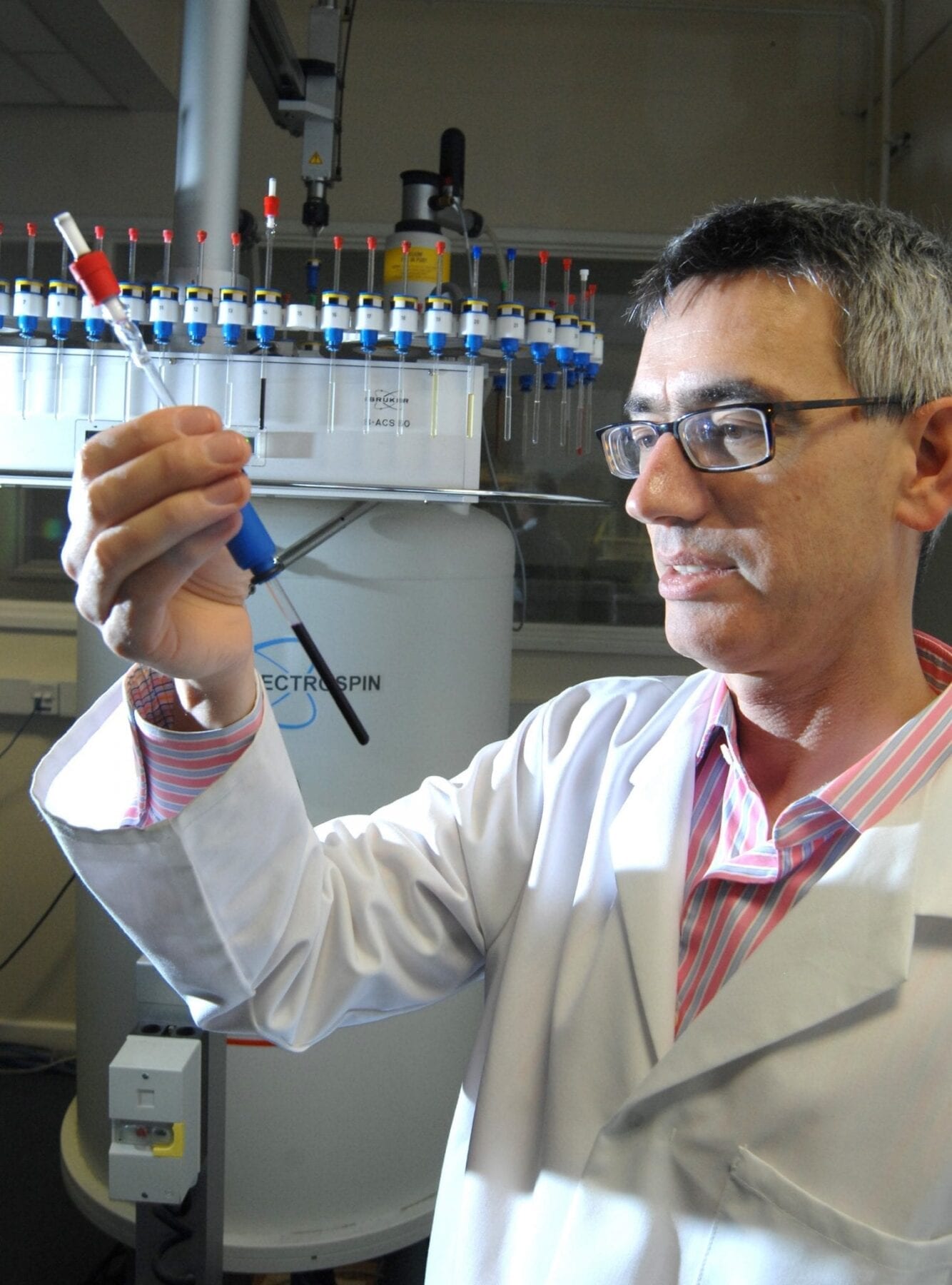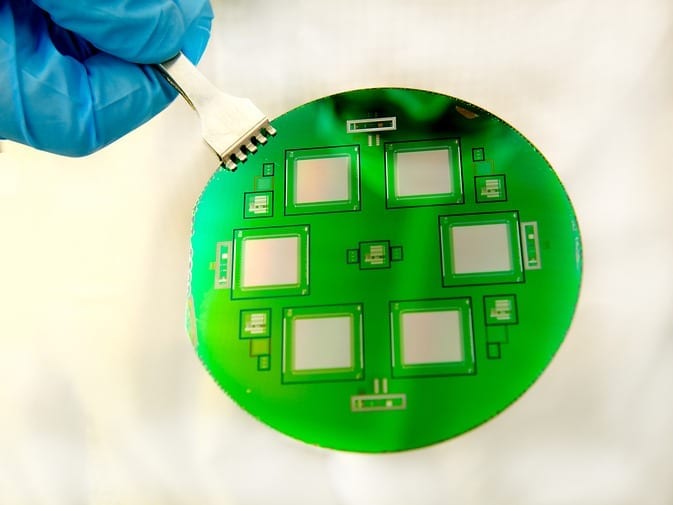Exotic pests, shrinking ranges and a changing climate threaten some of the world’s most rare and ecologically important plants, and so conservationists establish seed collections to save the seeds in banks or botanical gardens in hopes of preserving some genetic diversity.
For decades, these seed collections have been guided by simple models that offer a one-size-fits-all approach for how many seeds to gather, such as recommending saving 50 seed samples regardless of species’ pollination mode, growth habitat and population size.
A new study, however, has found that more careful tailoring of seed collections to specific species and situations is critical to preserving plant diversity. Once seeds are saved, they can be reintroduced for planting in suitable locations if conditions are favorable.
In the study, researchers from the National Institute for Mathematical and Biological Synthesis and the University of Tennessee used a novel approach called simulation-based planning to make several new sampling recommendations, confirming that a uniform approach to seed sampling is ineffective.
First, collectors must choose their plant populations from a wide area rather than a restricted one. Sampling widely can capture up to nearly 200 percent more rare genes than restricted sampling. In addition, in most situations, collecting from about 25 maternal plants per population versus 50 plants appears to capture the vast majority of genetic variation. The study also showed that for many species, collecting more than eight to ten seeds per plant leads to high overlap in genetic diversity and would thus be an excess of effort.
Increasing concerns over agriculture and food security as well as an increasing recognition of how fast biodiversity is disappearing has prompted seed banks to ramp up their collections. By the same token, botanic gardens that were once more focused on showcasing plants are now increasingly having a conservation mission too, according to the study’s lead author Sean Hoban, a postdoctoral fellow at NIMBioS.
Read more . . .
The Latest on: Seed bank
[google_news title=”” keyword=”Seed bank” num_posts=”10″ blurb_length=”0″ show_thumb=”left”]
via Google News
The Latest on: Seed bank
- Eddie House: Celtics ‘played like they were down 0-2' in Game 3 vs. Heaton April 27, 2024 at 10:03 pm
Eddie House says the Celtics were physical and in control all game, and that's why they were able to get things done.Eddie House: Celtics ‘played like they were down 0-2' in Game 3 vs. Heat originally ...
- CareSource and Synergies SEED Fund expands opportunities for entrepreneurs with disabilities in Georgiaon April 26, 2024 at 12:03 pm
In addition to overcoming prejudice and misconceptions, a massive obstacle that business founders with disabilities face is access to capital.
- Four Lincoln soccer teams earn No. 1 seeds for district tournamentson April 25, 2024 at 10:15 am
With just one loss combined, the Southwest boys and girls teams each go into the postseason as the No. 1 overall seeds in Class A.
- For better weed management, deplete the seed bankon April 23, 2024 at 8:28 am
Another way to shrink your weed seed bank is to create more suitable habitats for the birds, insects and earthworms that eat them. Use cover crops and other tools to manage soil nutrient levels. The ...
- Saving Native Hawaiian plant seeds for future generationson April 22, 2024 at 10:17 pm
Lyon Arboretum attracts many who are passionate about plants. While there are plants from all over the world, many local residents and visitors alike come especially to see Native Hawaiian ...
- Seeds From Wild Crop Relatives Could Help Agriculture Weather Climate Changeon April 22, 2024 at 2:31 pm
The hardy wild cousins of domesticated crops can teach us how to adapt to a hotter, more unpredictable future.
- How a Cloned Ferret Inspired a DNA Bank for Endangered Specieson April 22, 2024 at 5:22 am
The birth of a cloned black-footed ferret named Elizabeth Ann, and her two new sisters, has sparked a new pilot program to preserve the tissues of hundreds of endangered species “just in case” ...
- Austria Lets ESG Investors Dodge Bank Fees With Direct Offeringon April 22, 2024 at 3:00 am
Austrian debt pioneers say they’ve forged novel new instruments designed to appeal to environmentally-conscious retail investors who want to avoid complicated financial products and commissions.
- Crop Trust seeks more funding to protect global seed diversityon April 20, 2024 at 10:19 am
Crop Trust, which works to preserve crop bio-diversity, needs to more than double its $300 million endowment fund to be able to support seed banks across the world, Executive Director Stefan Schmitz ...
- Saving up in the seed bankon April 16, 2024 at 5:01 pm
“It’s been a lot of work, and a lot of learning, but I have my own little seed bank now,” McGowan said Tuesday from her Gillies Township property. McGowan, who organized a seed-saving exchange and ...
via Bing News










